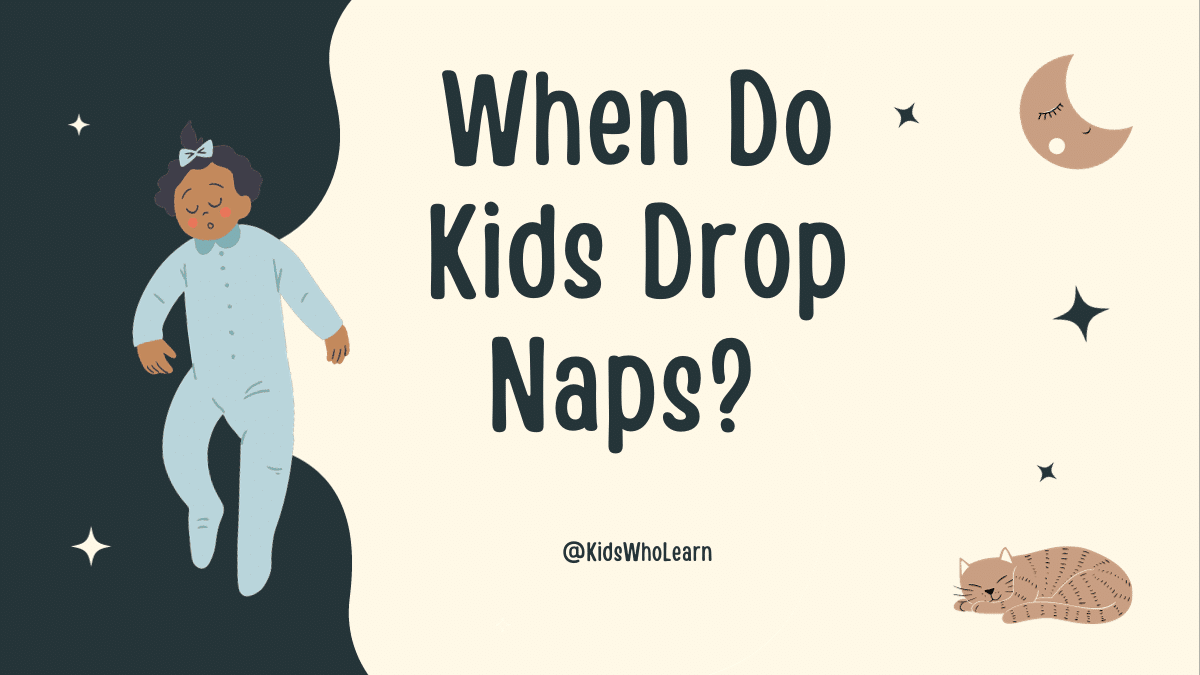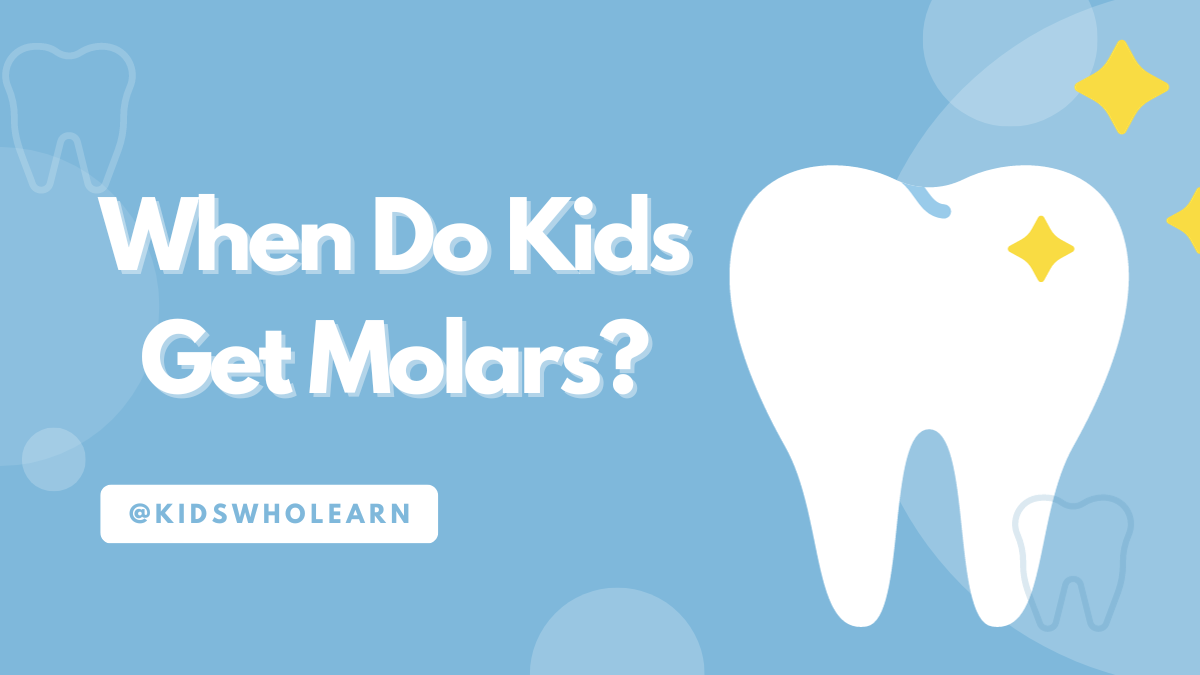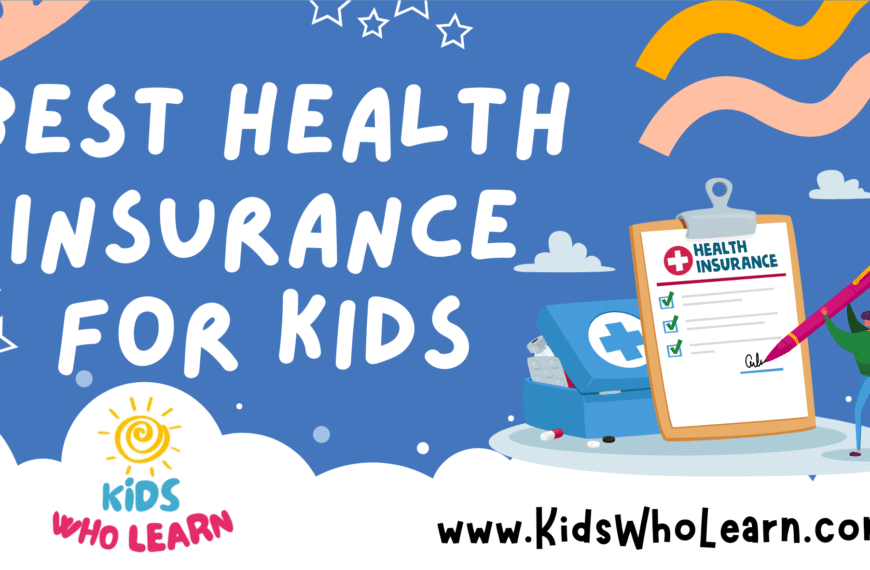Are you a parent wondering when your child will stop napping? As children grow and develop, their sleep patterns change. It can be challenging to determine when it’s time to transition from multiple naps to fewer or no naps. Understanding your child’s napping patterns and recognizing signs that they’re ready to drop a nap can help make the transition smoother for both of you.
One of the first signs that your child may be ready to drop a nap is when they consistently resist napping or have trouble falling asleep during nap time. Additionally, if your child is sleeping well at night and waking up happy and rested, it may be a sign that they’re ready to transition to fewer naps. However, every child is different, and there isn’t a one-size-fits-all answer to when kids drop naps.
Key Takeaways
- Understanding your child’s napping patterns and recognizing signs that they’re ready to drop a nap can help make the transition smoother for both of you.
- One of the first signs that your child may be ready to drop a nap is when they consistently resist napping or have trouble falling asleep during nap time.
- Every child is different, and there isn’t a one-size-fits-all answer to when kids drop naps.
Understanding Napping Patterns
Napping is an essential part of a child’s development, and it is normal for children to nap during the day until they reach a certain age. Understanding your child’s napping patterns can help you create a healthy sleep routine that works for both of you.
Infants
Newborns typically sleep for around 16-17 hours a day, and they may nap for anywhere from a few minutes to a few hours at a time. As they grow, they will start to develop more regular sleep patterns, and their naps will become more predictable.
Between 4 and 6 months, most infants will start to take longer naps during the day, usually around 2-3 hours each. By 9 months, they will typically take two naps a day, one in the morning and one in the afternoon.
Toddlers
Toddlers between 12 and 18 months of age usually take one nap in the afternoon, lasting around 1-3 hours. As they approach 2 years of age, they may start to resist their nap, but it is important to continue offering it to them, as they still need the rest.
Between 2 and 3 years of age, children may start to skip their nap altogether, but they may still need some quiet time in the afternoon to recharge. This can be achieved with quiet activities such as reading, drawing, or watching a movie.
Preschoolers
Most preschoolers no longer need a nap, but they may still benefit from some quiet time in the afternoon. It is important to establish a consistent sleep routine, including a regular bedtime and wake-up time, to ensure they get enough rest.
If your child is still napping at preschool age, it may be worth considering whether they are getting enough sleep at night. Too much daytime sleep can interfere with their nighttime sleep, leading to bedtime battles and night waking.
By understanding your child’s napping patterns, you can create a sleep routine that works for both of you, ensuring they get the rest they need to grow and develop.
Signs Your Child is Ready to Drop a Nap
As your child grows and develops, their sleep needs change. One of the biggest changes is when they are ready to drop a nap. Here are some signs to look out for that indicate your child is ready to drop a nap:
- Your child is consistently fighting their nap time and takes a long time to fall asleep.
- Your child is taking longer to fall asleep at bedtime, indicating they may not be as tired as they used to be.
- Your child is sleeping for longer stretches at night, indicating they are getting enough sleep without the extra nap.
- Your child is more active during the day and able to stay awake for longer periods of time without getting fussy or cranky.
- Your child is showing signs of being ready to transition to a toddler bed or has already made the transition.
If you notice any of these signs, it may be time to start transitioning your child to a new sleep schedule without the nap. Start by gradually reducing the length of the nap until it is eliminated altogether. It may take a few weeks for your child to adjust to the new schedule, so be patient and consistent with your routine.
Remember, every child is different and there is no one-size-fits-all approach to dropping a nap. Pay attention to your child’s individual sleep needs and adjust accordingly. With time and patience, you and your child will find a new sleep routine that works for everyone.
Transitioning to Fewer Naps
As your child grows, their sleep patterns change, and they may start to drop naps. The transition can be challenging for both you and your child, but it’s a natural part of their development. Here’s what you need to know about transitioning to fewer naps.
From Two to One
Around 12-18 months, your child will likely transition from two naps a day to one. You may notice that they start to resist their morning nap or take longer to fall asleep. Here are some tips to help with this transition:
- Gradually shift the morning nap later in the day until it becomes an afternoon nap.
- Make sure your child is getting enough physical activity during the day to tire them out for their one nap.
- Stick to a consistent nap schedule to help your child adjust.
From One to None
Between the ages of 2-3 years old, your child may start to drop their nap altogether. You may notice that they have more energy during the day and are able to stay awake without getting cranky. Here are some tips to help with this transition:
- Gradually reduce the length of their nap until it becomes a quiet rest time.
- Encourage quiet activities during rest time, such as reading or drawing.
- Stick to a consistent bedtime routine to ensure they are getting enough sleep at night.
Remember, every child is different, and some may drop naps earlier or later than others. Pay attention to your child’s cues and adjust their sleep schedule accordingly. With patience and consistency, your child will adjust to their new sleep pattern.
Potential Challenges and Solutions
As you navigate the transition from naptime to no naptime, you may encounter some challenges. Here are a few potential issues and some solutions to help you through them.
Challenge: Increased Irritability
Without a nap, your child may become more irritable in the late afternoon or early evening. This can be challenging for both you and your child.
Solution: Shift Your Schedule
Consider shifting your schedule to accommodate your child’s new sleep needs. Try moving bedtime earlier to avoid the late afternoon or early evening meltdown. You could also try incorporating quiet time or rest time into your child’s day to help them recharge.
Challenge: Difficulty Falling Asleep at Night
If your child is used to napping during the day, they may have trouble falling asleep at night without that extra rest.
Solution: Establish a Bedtime Routine
Establishing a consistent bedtime routine can help signal to your child’s body that it’s time to sleep. Consider incorporating calming activities like a warm bath, reading a book, or listening to soft music into your routine.
Challenge: Shorter Attention Span
Without a nap, your child may have a shorter attention span during the day.
Solution: Break Up Activities
Break up activities into shorter, more manageable chunks to accommodate your child’s shorter attention span. Consider incorporating movement breaks or outdoor playtime to help your child stay engaged throughout the day.
Remember, every child is different, and the transition from naptime to no naptime may take some time. Be patient and flexible as you navigate this new phase of your child’s sleep routine.
Effects of Dropping Naps on Night-Time Sleep
When your child drops their nap, it can have an impact on their night-time sleep. Here are some effects to be aware of:
Longer Bedtime Routine
Without a nap, your child may become overtired and have a harder time settling down at night. This can lead to a longer bedtime routine as they struggle to calm down and fall asleep.
More Night-Time Waking
An overtired child may wake up more frequently during the night. They may also have a harder time falling back asleep after waking up. This can lead to a more disrupted night-time sleep for both you and your child.
Earlier Wake-Up Time
Without a nap, your child may wake up earlier in the morning. This is because they have had less sleep overall and their body is trying to make up for the lost sleep. This can be frustrating for parents who were hoping for a little extra sleep in the morning.
Increased Irritability
An overtired child may be more irritable and moody during the day. They may have a harder time regulating their emotions and may be more prone to tantrums or meltdowns.
Less Daytime Productivity
Without a nap, your child may have a harder time staying focused and productive during the day. They may be more easily distracted and have a harder time completing tasks.
Overall, dropping a nap can have a significant impact on your child’s sleep and behavior. It’s important to be aware of these effects and adjust your child’s schedule accordingly to ensure they are getting enough rest.
When to Consult a Pediatrician
If your child is showing signs of dropping naps earlier than expected, it’s important to consult with your pediatrician. Here are a few situations when you should consider reaching out to your child’s doctor:
- If your child is under 2 years old and is consistently skipping naps or having trouble falling asleep at night, it’s important to talk to your pediatrician. Young children need plenty of sleep to support their growth and development, so any disruptions to their sleep patterns should be addressed promptly.
- If your child is over 2 years old and is suddenly refusing naps or having trouble sleeping at night, it could be a sign of an underlying health issue. Your pediatrician can help rule out any medical causes and provide guidance on how to get your child back on track.
- If your child is experiencing frequent night wakings or has trouble staying asleep for an appropriate amount of time, it’s important to talk to your pediatrician. Sleep disturbances can have a negative impact on your child’s overall health and well-being, so it’s important to address these issues as soon as possible.
Remember, every child is different, and there is no one-size-fits-all answer to when kids drop naps. If you have concerns about your child’s sleep patterns or overall health, don’t hesitate to reach out to your pediatrician for guidance and support.
Frequently Asked Questions
How long should a 2 year-old nap in the afternoon?
A 2 year-old should nap for about 1-2 hours in the afternoon. However, the exact duration may vary depending on the child’s sleep needs and habits.
When do toddlers transition to one nap?
Most toddlers transition to one nap between 12-18 months of age. However, some may transition earlier or later based on their individual needs.
What are the signs that a toddler is ready to stop napping?
Some signs that a toddler may be ready to stop napping include resisting nap time, taking longer to fall asleep, and waking up earlier in the morning. However, it’s important to note that every child is different and may have different sleep needs.
At what age should kids stop taking naps?
Most children stop taking naps between 3-5 years of age. However, some may continue to nap until they are 6 or 7 years old. It’s important to pay attention to your child’s individual needs and adjust their sleep schedule accordingly.
Is it normal for a 3 year old to stop taking naps?
Yes, it is normal for a 3 year old to stop taking naps. However, some 3 year olds may still need a nap depending on their individual sleep needs.
Should 7 year-olds take naps?
Most 7 year-olds do not need to take naps and can get enough sleep at night. However, some 7 year-olds may still need a nap depending on their individual sleep needs.







